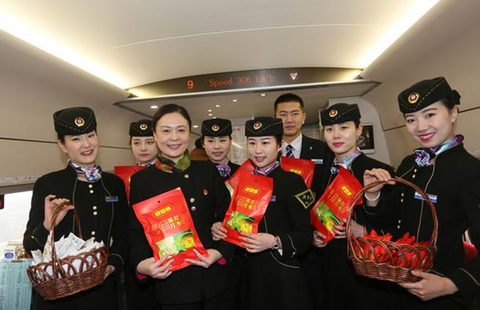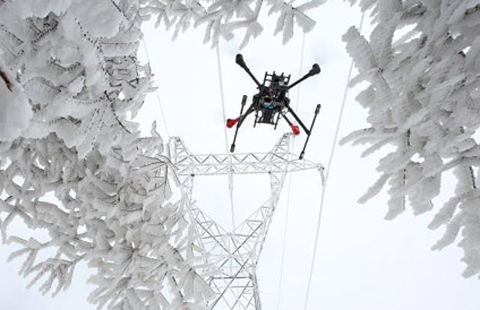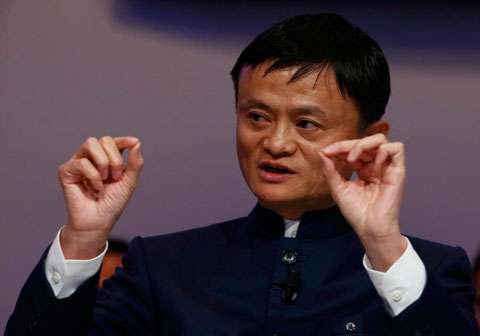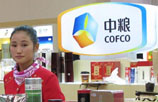Innovative EHang confident in nation's fast-growing drone market
By Li WenFang (China Daily) Updated: 2015-02-04 07:52In August, that was introducing a new tilt function that allows users to steer the drone by tilting the phone in different directions. Drones can also be set to automatically follow their owner, useful during sporting events. The company is now developing drone-related applications for wearable gadgets.
Hu Huazhi, the company's other co-founder and a radio-controlled model plane enthusiast, worked on car design during his time at Tsinghua University, and now oversees much of its technology development.
Xiong Yifang, who graduated from the Fuqua School of Business of Duke University in the US, focuses on its overseas sales efforts.
To build sales, EHang is talking with both online and offline agents at home and abroad and a manufacturer-to-consumer platform is currently being developed.
At last month's CES, held annually in the Las Vegas Convention Center, Yang joined hundreds of other Chinese technology companies which accounted for one-quarter of exhibitors at an event that was previously the domain of only major Chinese players like Huawei Technologies, ZTE and Lenovo Group before.
The increased Chinese participation in the industry event, he said, reflects the encouraging shift from "made-in-China" to "innovated-in-China" .
He also said he has seen a lot more hot money flowing into the technology sector from the property and stock markets and that the government is offering greater support to small technology companies, which is improving the business environment.
Pei Hailong, deputy dean of the School of Automation Science and Engineering at South China University of Technology, said: "Chinese companies have taken up a sizable share of the mid-and low-end drone market and I'm delighted to see they are now going out to join the (Las Vegas) show.
"This signifies that Chinese innovation has the potential to lift this and other related industries," said Pei, adding that with proper regulation and guidance, the industry will move up to the higher end and see explosive development.
- Trade-related services set to be expanded
- CNOOC cuts capital expenditure
- Moves to reshore signal a gradual return to 'Made in US'
- Top 10 rich Chinese on Hurun List 2015
- Capital account shifts into the red
- Technology giants in flap over gift envelopes
- Drones taking to the air in test for delivery services
- Officials vow to plug tax loopholes
















